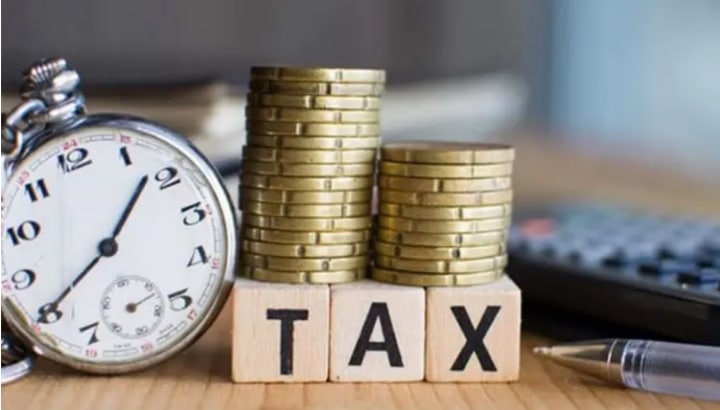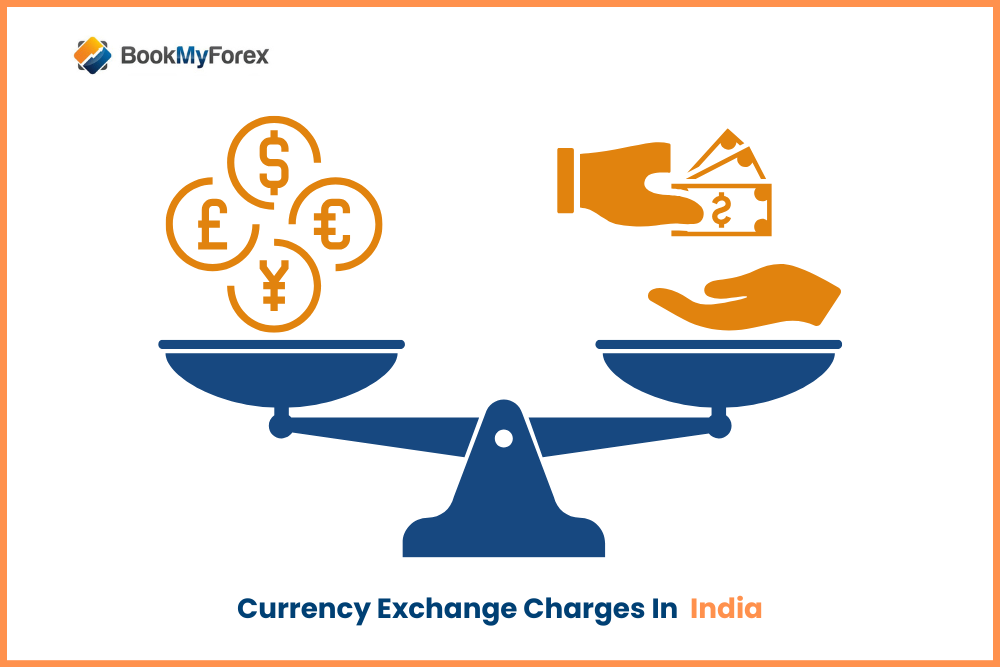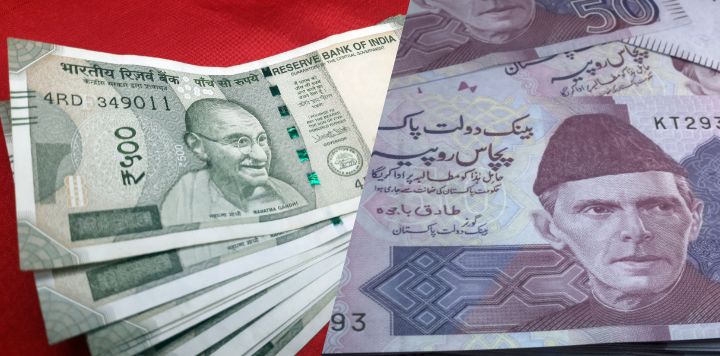Finance Minister Nirmala Sitharaman has proposed the Union Budget for 2025 which includes some significant changes related to the Liberalized Remittance Scheme (LRS) on foreign remittance. One of the key updates is that the Tax Collected at Source (TCS) threshold under LRS has been raised from ₹7 lakh to ₹10 lakh. She also proposed eliminating the 0.5% TCS on education-related remittances when funded through a loan.
Previously, a 20% TCS was applied on forex transactions over ₹7 lakh. With the new threshold now at ₹10 lakh, the tax implication of outward remittances is eased. Tourists, students, and medical patients can now remit higher foreign amounts without tax deductions. This change also makes foreign travel slightly more affordable, allowing tourists to spend more without extra tax, provided they stay within the revised limit.
You can check the previous TCS rate and the proposed TCS rate in the table below:
| Type of Transaction | Previous TCS Rate | New TCS Rate (proposed in Union Budget 2025) |
|---|---|---|
| Purchase of forex (Currency Notes & Forex Card) | 20% (only for spends over Rs. 7 lakhs in the financial year) | 20% (only for spends over Rs. 10 lakhs in the financial year) |
| Purchase of Forex for Education and Medical Visits | 5% (only for spends over Rs. 7 lakhs in the financial year) | 5% (only for spends over Rs. 10 lakhs in the financial year) |
| Outward Remittances (except for education & medical purposes) | 20% (only for forex spends over Rs. 7 lakhs in the financial year) | 20% (only for spends over Rs. 10 lakhs in the financial year) |
| Outward remittances for education/medical purposes | 5% (only for forex spends over Rs. 7 lakhs in the financial year) | 5% (only for forex spends over Rs. 10 lakhs in the financial year) |
| Outward remittances for education (with education loan) | 0.5% (only for forex spends over Rs. 7 lakhs in the financial year) | 0% (no TCS is applicable) |
Please note that TCS in forex is not an additional charge and can be adjusted against your total income tax liability & claimed while filing tax returns.
How Tax Collected at Source (TCS) Will Apply to Forex Transactions?
Here we take a few examples to explain to you the tax implications on forex transactions:
Case 1:
Let’s assume you purchase forex worth Rs 8,00,000 on a forex card. Under the old TCS rates, you would have been charged 20% TCS on the amount exceeding Rs 7 lakhs. So, for Rs 1 lakh above the threshold (Rs 8 lakhs – Rs 7 lakhs), the TCS would be Rs 20,000. However, with the new proposed TCS rates as per Union Budget 2025, there’s no TCS applicable for amounts up to Rs 10 lakhs. This means that if you buy forex worth Rs 8 lakhs now, you won’t have to pay any TCS. It’s great news, as it reduces the tax burden on travelers.
Case 2:
Let’s assume you’re remitting Rs. 8,00,000 for education fees through a loan, the old TCS rate was 0.5% for remittances over Rs. 7 lakhs. So, you would have been charged TCS on the amount exceeding Rs. 7 lakhs, which in this case is Rs. 1 lakh. The TCS would be Rs. 500 (i.e., 0.5% of Rs. 1,00,000). However, with the new proposed rates, since there is 0% TCS applicable for amounts up to Rs. 10 lakhs, you would not be charged any TCS on the Rs. 8 lakh remittance. This is a relief for those remitting education fees.
Also Read :- New TCS on Foreign remittance
Also Read: New TCS on Foreign Travel: What You Need to Know
Can you get the TCS amount back?
Yes, most certainly. This tax is just like TDS (Tax deducted at source) that is cut on your salary for which you can claim a tax refund while filing the income tax return. It will be reflected in your Form 26AS.



























